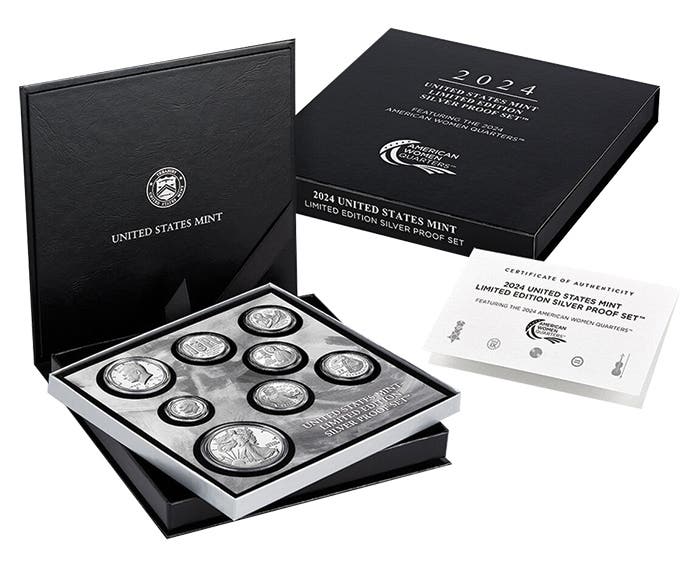Viewpoint: History reason for early copper popularity
By Bill Eckberg Not sure how I feel about perpetuating the discussion with Blaine Buckman, but if you want to do so … Mr. Buckman’s letter about early coppers has…
By Bill Eckberg
Not sure how I feel about perpetuating the discussion with Blaine Buckman, but if you want to do so …
Mr. Buckman’s letter about early coppers has some misleading and incorrect information. First, The Red Book, Deluxe Edition, to which he refers is the 2015 edition. The current version does not have the expanded section on half cents and large cents, but rather has an expanded section on small cents. Whitman Publishing plans to do a series of these, dubbed by some as “Mega Red” and by others as “The Red Brick,” to focus on different series each year. The initial focus on early copper undoubtedly results from the fact that they are the oldest and smallest denominations struck by the U.S. Mint and so appear first in the Red Book. Any interpretation of Whitman Publishing’s intent beyond this is incorrect.
Speaking of what are, to him, “trivial varieties,” he quotes that their study is “the quintessential part [with] no equivalent in the collecting of contemporary gold and silver coins.” It’s true that variety collecting is less prevalent among collectors of early silver and gold, but a big part of that comes from the fact that early silver and gold coins are prohibitively expensive for “regular Joes” to collect by die variety, whereas collecting most major varieties of early copper is within the budget of many collectors.
He agrees that early coppers are “fascinating beauties” and asks whether “early coppers are so very fascinating that, in addition to all us regular Joes, the geniuses flock only to them in large numbers?” I am pretty sure that he didn’t mean that comment to be taken literally, but it leads to an important piece of information. The reason early coppers have been studied more than other U.S. series is history. The early gold and silver coins were never recalled in favor of a later type as the half and large cents were in 1857 when the Flying Eagles were released. This led to an early boom in coin collecting and to a lot of attention being paid to the old coppers. They have been studied intently ever since. We can think of the vast attention paid to them as resulting from this accident of history, but that makes them no less interesting and available for study.
Responding to another quote from the Red Book, Deluxe Edition, that there are a lot of Early American Coppers club members with doctorate degrees, he asks, “[h]ow should that comment be taken? Are those statements welcoming?” First off, those statements weren’t and wouldn’t be made by EAC. We don’t care about each other’s education (or bank account), just each other’s interest in early copper.
The statement he quotes comes from a section called “Early American Coppers and Fellowship,” which talks mostly about how active and dynamic the club is. It ends the section with “[t]hanks to this dynamism, facilitated in part by EAC, copper cents remain as appealing to collect today as they were in the 1850s.” We love the early coppers and the fellowship that we have with each other. Our educational and financial status are quite irrelevant. Most of us are the “regular Joes” that Mr. Buckman seems to think only flock to other series.
I’ll close by repeating what I said in my last post. April 2017 marks our 50th anniversary as a club, and we’ll be meeting in Philadelphia. We invite anyone who thinks we’re elitist and anyone else who has even a passing curiosity about the first coins of the United States to come and meet us. Talk with us, make some friends and learn about the most fascinating coins in the American series.
This “Viewpoint” was written by Bill Eckberg, president of the Early American Coppers club.
Viewpoint is a forum for the expression of opinion on a variety of numismatic subjects. To have your opinion considered for Viewpoint, write to David C. Harper, Editor, Numismatic News, 700 E. State St., Iola, WI 54990. Send email to david.harper@fwmedia.com.
This article was originally printed in Numismatic News. >> Subscribe today.
More Collecting Resources
• The 1800s were a time of change for many, including in coin production. See how coin designs grew during the time period in the Standard Catalog of World Coins, 1801-1900 .
• The Standard Catalog of United States Paper Money is the only annual guide that provides complete coverage of U.S. currency with today’s market prices.









